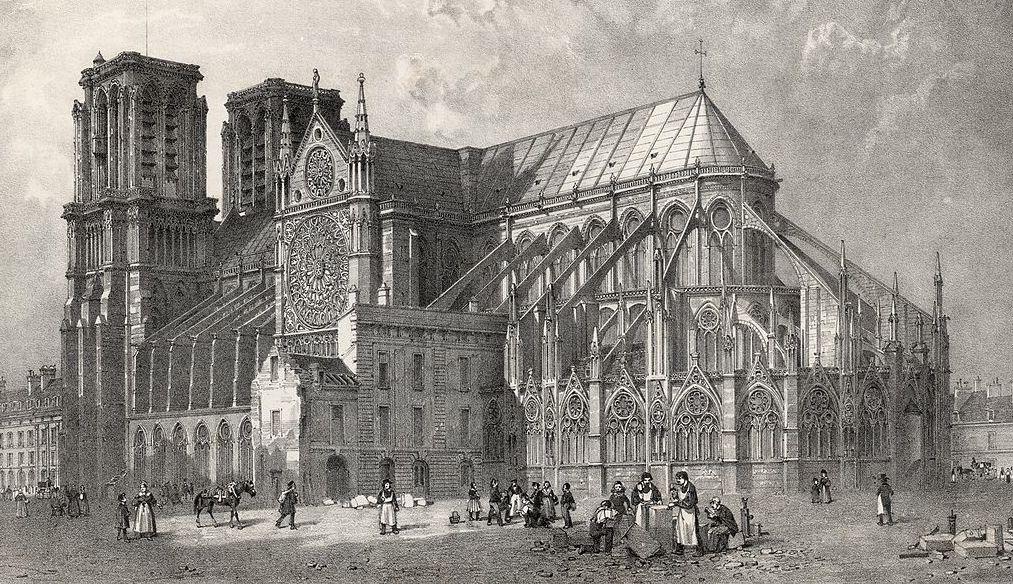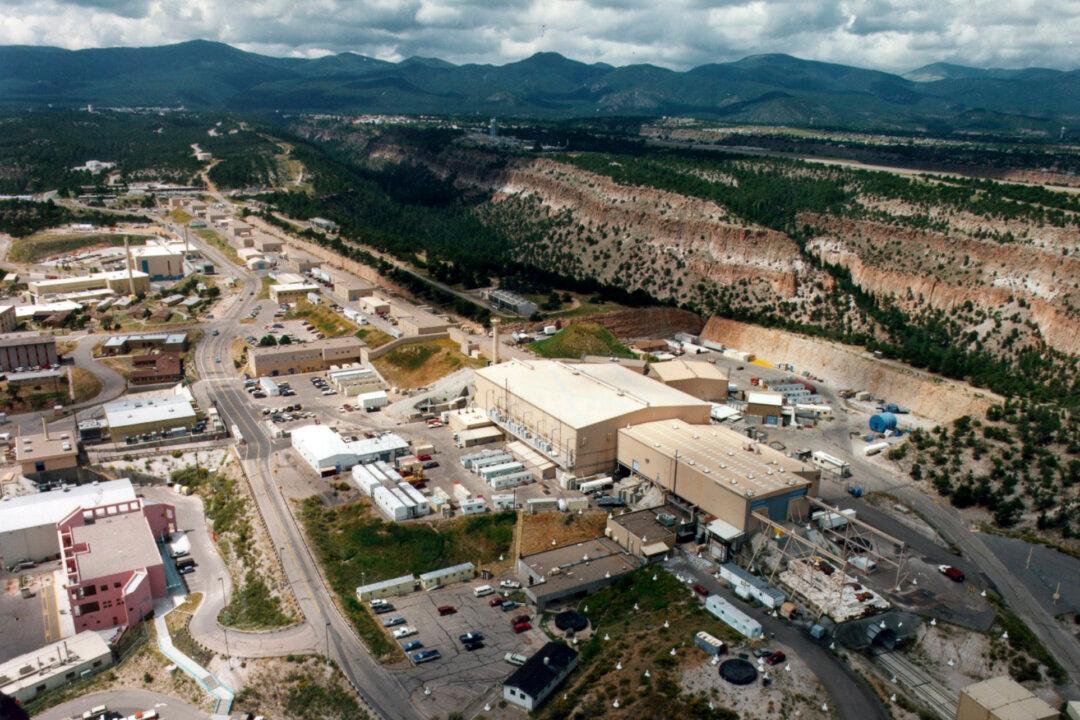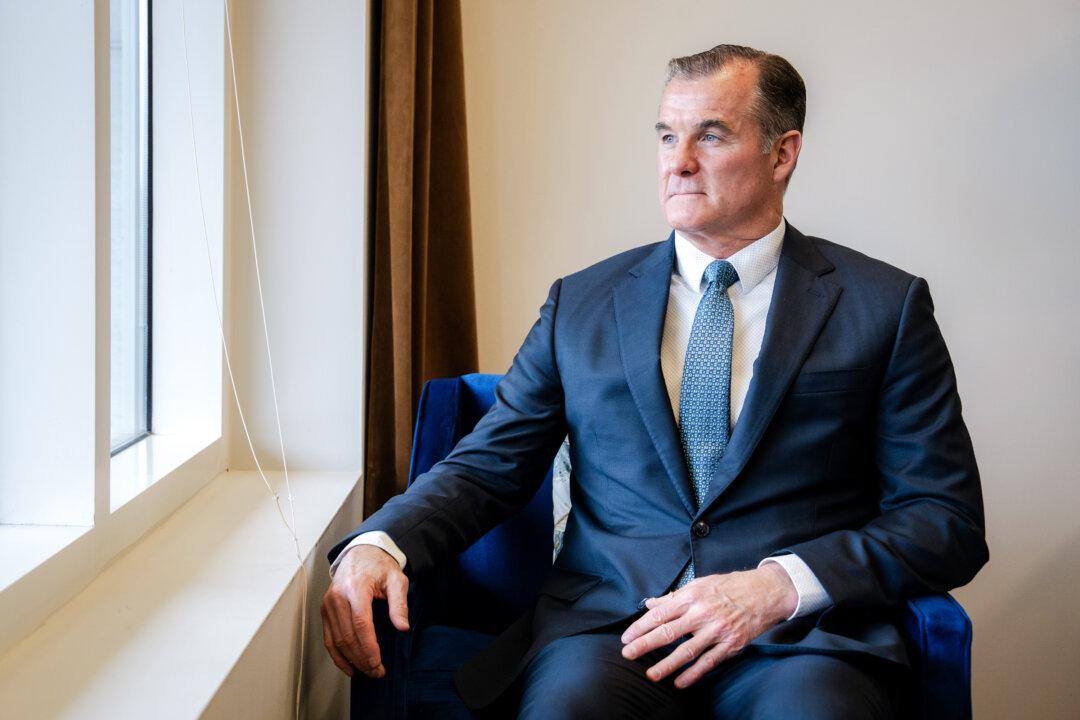Of all the French Gothic buildings, it is perhaps the Notre Dame cathedral of Paris, with the aid of Victor Hugo’s written word, that has most captured our collective imaginations. This eight-century-old monument is one of the most famous examples of the Gothic cathedral, and demonstrates the invention of the flying buttress.
One of the first examples of French Gothic architecture, the style that turned stone buildings into worlds of light, color, and soaring heights, was the Basilica of Saint-Denis. It was Abbot Suger, one of the most prominent patrons of Gothic architecture, who directed the design and construction of the basilica in the 12th century. Cathedrals in Reims, Amiens, and Chartres followed suit. And with feats of engineering, they made use of pointed arches and flying buttresses to give parishioners a glimpse into eternity.






